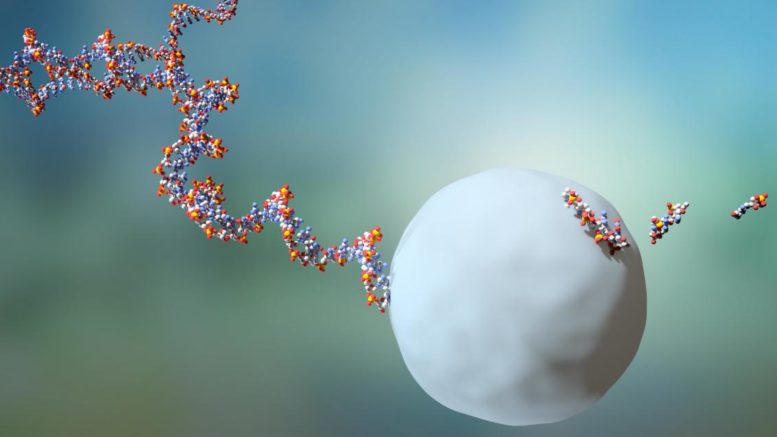Inside a human cell, there are many different RNA molecules. Some of the RNA includes the messenger RNA, ribosomal RNA, and the tRNA. The complexity of what the RNA’s do in the cell and the RNA transcription continues to change dramatically. That is why it is ideal to understand what total RNA is. Typically, total RNA is all the RNA molecules found inside a cell. On the other hand, RNA is an abbreviation representing Ribonucleic acid. Ribonucleic acid is a polymeric molecule that is vital for various biological roles such as decoding, coding, expression, and regulation of genes.
Types of total RNA
As stated earlier, total RNA refers to all the RNA molecules found in a cell. These molecules include; mRNA: This is a long protein-coding messenger RNA
Transcript. They serve as instantaneous readouts of cellular gene expression
under specific conditions. MicroRNA (miRNA): They are myriads of other small non-coding RNA molecules. They are involved in silencing and regulating of gene
expression.
Since the complexity of the total RNA continues to change, biologists continuously put in more work to help in obtaining high-quality and intact total RNA. It’s the primary step applied in most of the biological applications. Some of the biological applications include measuring the gene expression, RNA-sequencing, and microarray analysis. Total extraction of total RNA achieves the many biological applications.
Extraction of total RNA
For you to further understand what is total RNA, it is ideal for you to know the extraction techniques used in obtaining pure RNA. There are several ways and methods used to extract total RNA from different cells and tissues.
Total RNA extraction refers to getting pure RNA from biological samples. The procedures taken to extract total RNA are complicated because of the ubiquitous presence of the enzymes in tissues and cells found in ribonuclease.
Some of the extraction and purification methods used to extract total RNA include organic extraction and purification, magnetic bead purification, silica-membrane purification, and Invitrogen RNA essentials.
Organic extraction and purification
The method uses TRizol reagent. The technique offers an ideal way of extracting and purifying total RNA when combined with magnetic bead purification or silica-membrane filtration.
Magnetic bead purification
This technique uses washing kinetics and solution-phase binding to facilitate RNA purification. The method is scalable and offers a scalable throughput, and provides better removal of low elution volume and inhibitors that result in more concentrated RNA.
Invitrogen RNA essentials
A significant concern that faces extraction of total RNA is contamination. The Invitrogen RNA essentials help biologists to avoid the contamination. The method achieves this by minimizing nuclease contamination.
Silica membrane purification
It is an ideal technique as it allows fast and easy extraction and purification of RNA. The result is a pure RNA that biologists can use in many applications. The method also supports wide sample type compatibility.
In discussing what total RNA is, it is essential to highlight the significant difference between RNA and DNA. The primary difference between RNA and DNA is that RNA contains uracil and not thymine while DNA contains thymine and not uracil. What the two shares in common are adenine, heterocyclic amines, cytosine, and guanine.
